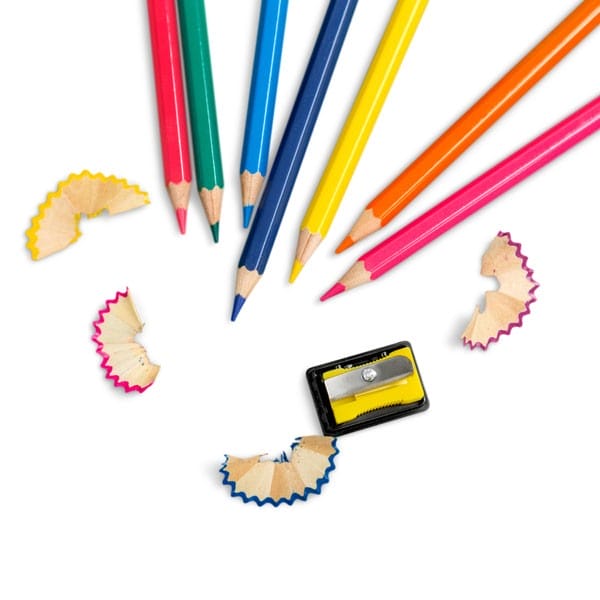Parents have more options than ever before in choosing an academic environment that best fits the needs of their student. In Thurston County, there are 60 public primary schools, 17 public high schools, and 19 private schools that are approved by the Board of Education. Eight school districts provide primary and secondary education to the majority of Thurston County’s students. These districts range in size from rural Griffin, with about 650 students, to the more urban North Thurston Public Schools, which had more than 14,000 students during the 2021-2022 school year.
Because every child is unique in learning style, personality and talents, school districts offer a variety of learning environments to fit the needs of every child, as well as choice enrollment. This means parents can apply, on a space-available basis, to the school that is the right fit for their child. If a brick and mortar school isn’t the best option for your child, consider an online school or homeschool.
Find Your Thurston County School District
Interactive Map
arcg.is/2eARebk
Griffin School District
griffinschool.us
North Thurston Public Schools
nthurston.k12.wa.us
Olympia School District
osd.wednet.edu
Rainier School District
rainier.wednet.edu
Rochester School District
rochester.wednet.edu
Tenino School District
teninosd.org
Tumwater School District
tumwater.k12.wa.us
Yelm School District
ycs.wednet.edu
After You Arrive at Your New Home
- Together with your child, walk around the grounds and buildings of the new school before the first day to learn where everything is located.
- Talk to the principal of the new school. Ask about how the school helps children adjust to their new school, such as a buddy system.
- Talk to the school counselors. Inform them that your child is adjusting to a new home, in addition to a new school.
- If your child needs additional support or has special needs, talk to the teachers or staff about the programs and facilities to accommodate these.
- If you haven’t already, look into extracurricular activities (associated with the school or not) to give kids the opportunity to meet new friends.
- Get a copy of school guidelines. Your children may be used to different rules about dress codes, makeup, locker use, PE class, and the like.
- Help your child have the right clothes and equipment, such as a sports uniform on sports day. Before buying uniforms, you may want to find out which items are most comfortable or popular among other students.
- Make sure your child knows how to get to and from school— for example, the best walking route, where bus stops are, or where you’ll pick up and drop off.
- Introduce yourself to your new neighbors. Perhaps your child can meet some classmates before the first day at the new school.
- Visit the after-school care facilities if your child will be using them.
- If possible, get a copy of your child’s weekly timetable so the whole family knows what’s happening and what your child needs each day.
- Learn as much as you can about your child’s new school to help them feel more comfortable. Kids are most focused on fitting in, so knowing what that means to your child can help.
BY JULIE LEYDELMEYER

